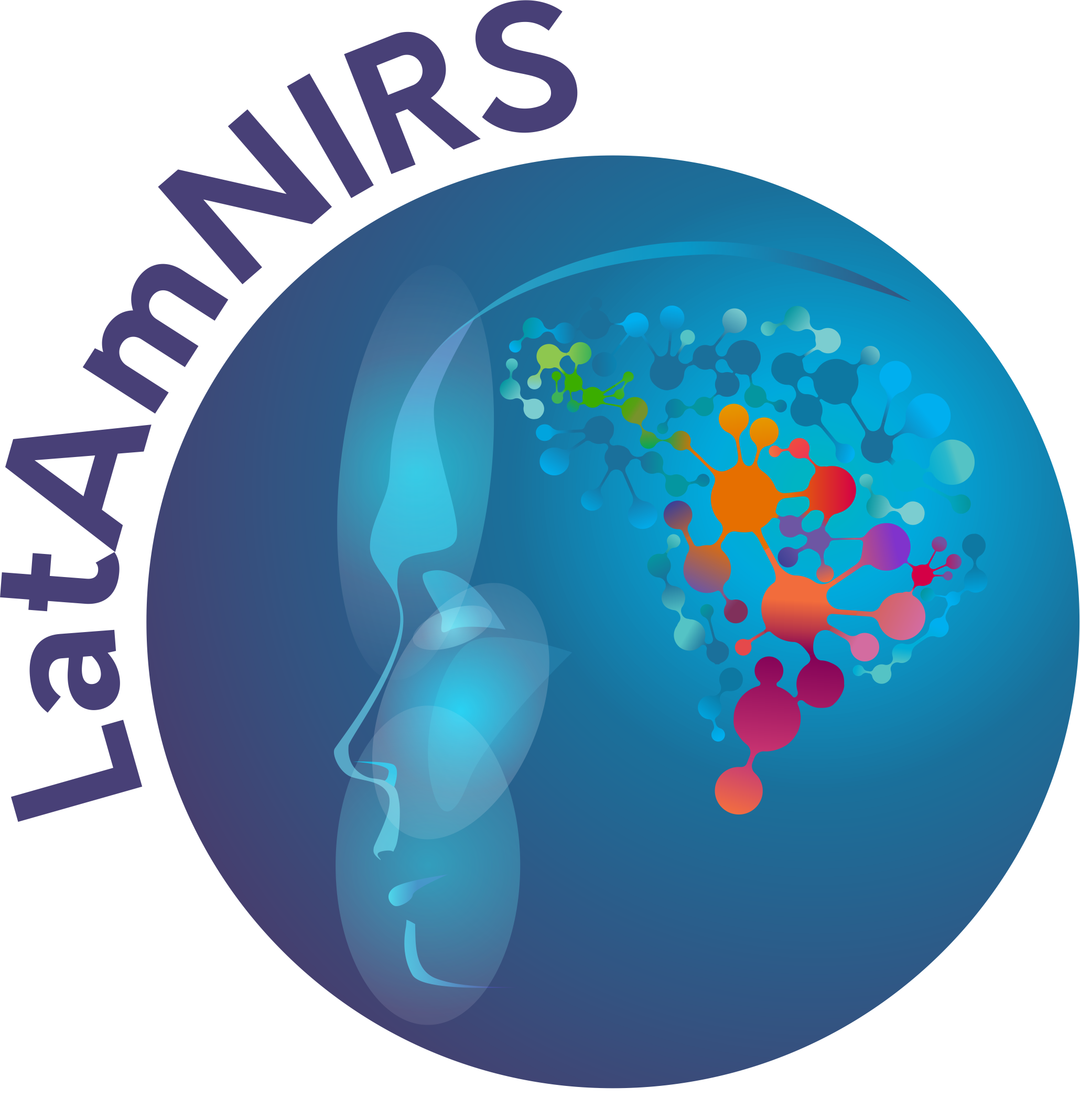Hemodynamic response function
Definition: A hemodynamic response function (HRF) is a transfer function that models the hemodynamic changes in response to neural activity. The shape of the HRF is mediated by several non-neuronal factors (e.g. hematocrit, size and density of the vasculature) and can vary depending on the nature of the neural activity, the brain region as well as individual differences (e.g. age, disease). The HRF models can be fixed such as double-gamma HRF model, or more flexible such as FIR, or consecutive gaussians. The basic parameters of these models are the width, latency and amplitude that determine the shape of the HRF.
Alternative definition:
Synonym:
References: https://doi.org/10.1006/nimg.1998.0369https://doi.org/10.1007/s11682-020-00358-8
https://doi.org/10.1117%2F1.NPh.6.2.025009
https://doi.org/10.1016/j.neuroimage.2004.07.013
https://andysbrainbook.readthedocs.io/en/latest/fMRI_Short_Course/Statistics/03_Stats_HRF_Overview.html
Related terms: Hemodynamic response; Gamma distribution; FIR Deconvolution; Canonical HRF; BOLD response, neurovascular coupling
